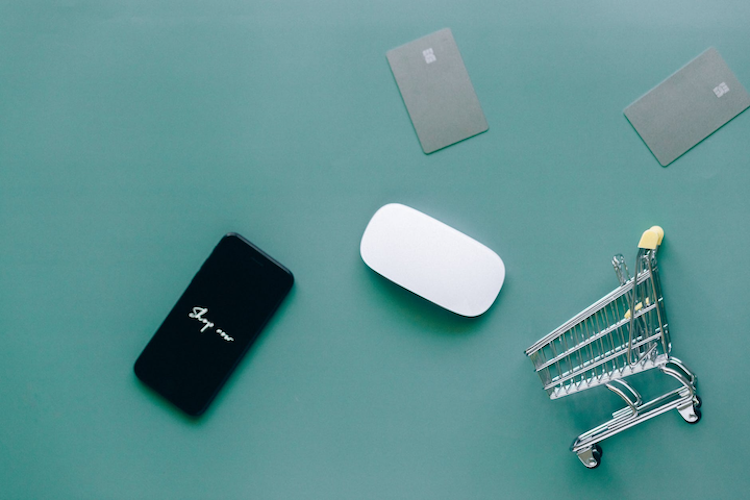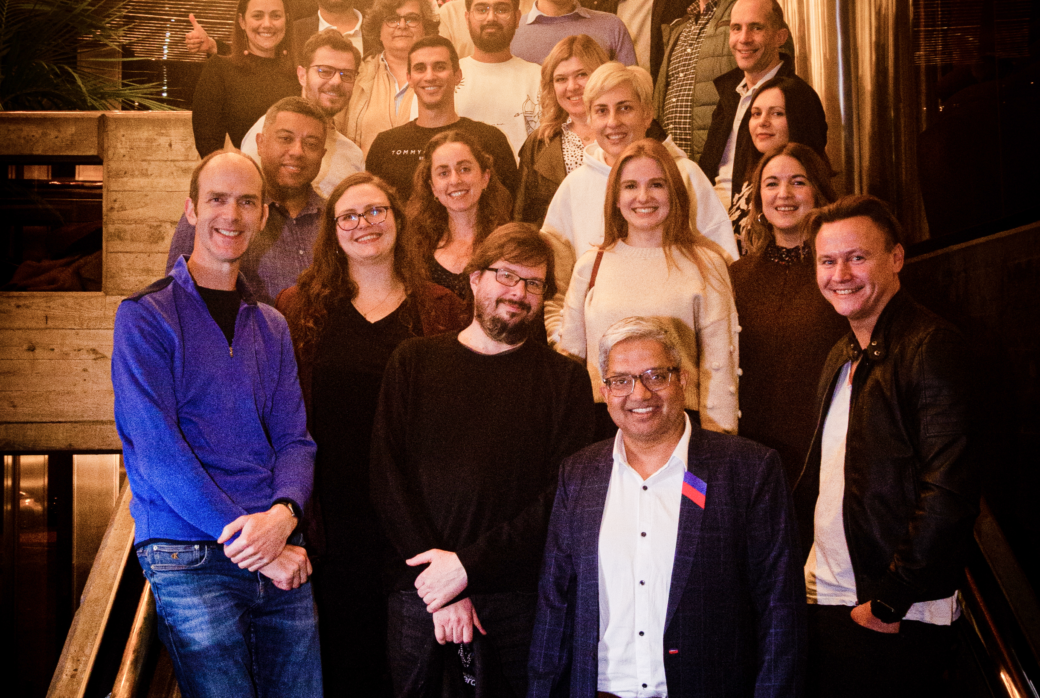Considerations for designing a multilingual eCommerce store
Feeling confident about your choice when making a purchase is crucial for a good online customer experience. As a result, the audience becomes loyal to the brand which translates into higher conversion rates for business owners.
Since we know that communication is the key, we need to make sure we are speaking in our customer’s own language. But is it worth the effort? And if yes, how to do it right?
First of all, why is it important to make websites multilingual? According to Smartling Research.
- 65% of consumers prefer content in their native language.
- 73% of consumers want product reviews in their native language.
- 40% of consumers will not buy a product if the content is written in another language.
When it comes to creating a multilingual eCommerce store, there are nuances we have to keep in mind. Here you will find tips and best practices from our Monsoon Design team.

Now, let's talk about User Interface phase:
1. Language Switcher
When users see your website for the first time, the existence of Language Switcher should be obvious to them. Would be nice to have it in the header or at least somewhere on your top fold;
2. Icon and Language
For a language switcher we recommend using both an icon with a flag that represents the language and text naming the language (because not all people will be familiar with the flag). Extra tip – we recommend to refer to a language in its own language, for example ‘Українська’ instead of ‘Ukrainian’.
3. Cultural Context
Make sure that your images, icons and language are culturally appropriate. For example, you don’t want to use piggybank icon if some of your users will come from a Muslim countries. Or if your main audience is South Korea and China, it won’t be ideal to use images with only white Scandinavian-looking women. And when it comes to language, you don’t want your US users to read in the UK English (and vice versa) because it may cause a lot of confusion. For example, your US user will be looking for ‘chips’ while your customer from the UK will put ‘crisps’ in their search field.
4. Colour Localisation
Last but not least – colours are also a way of communicating. While red can be perceived as ‘danger’ in European context, for many Asian countries it’s a symbol of wealth and prosperity.
5. User testing
We highly recommend getting feedback from multiple people from different regions (or at least people who speak languages that your website will have) to make sure that your website fulfils the user’s needs, no matter which language has been chosen.
We hope these tips will help you build an amazing multilingual eCommerce!
Good luck from the Monsoon team!




